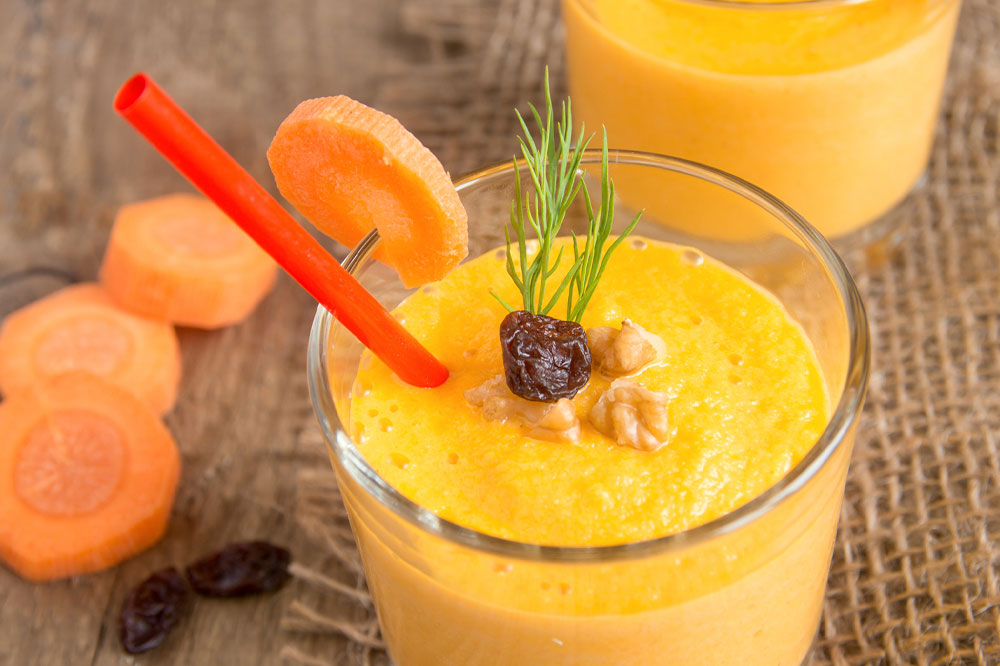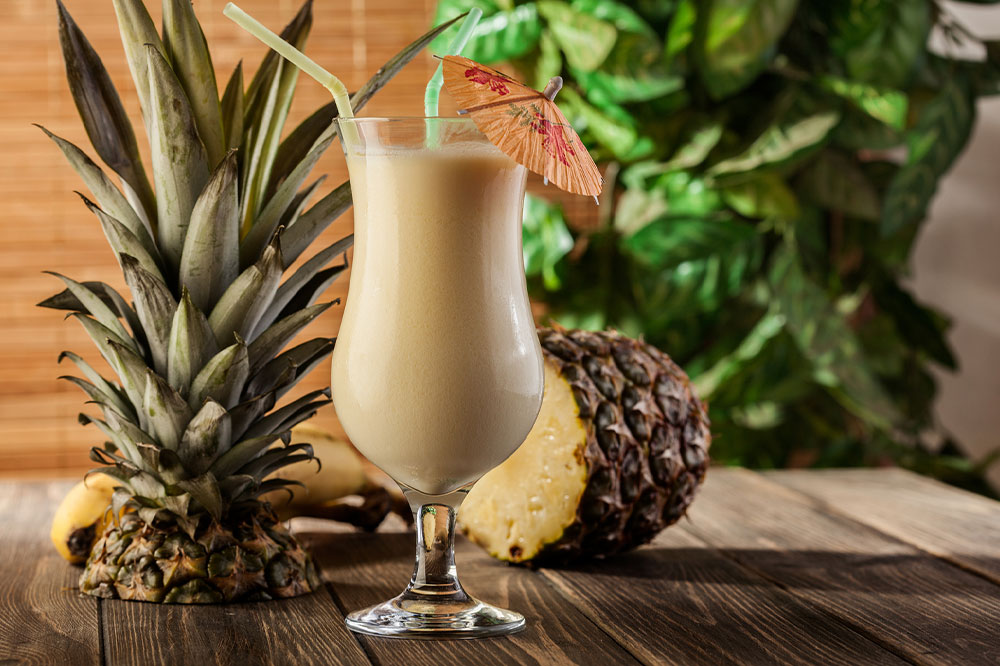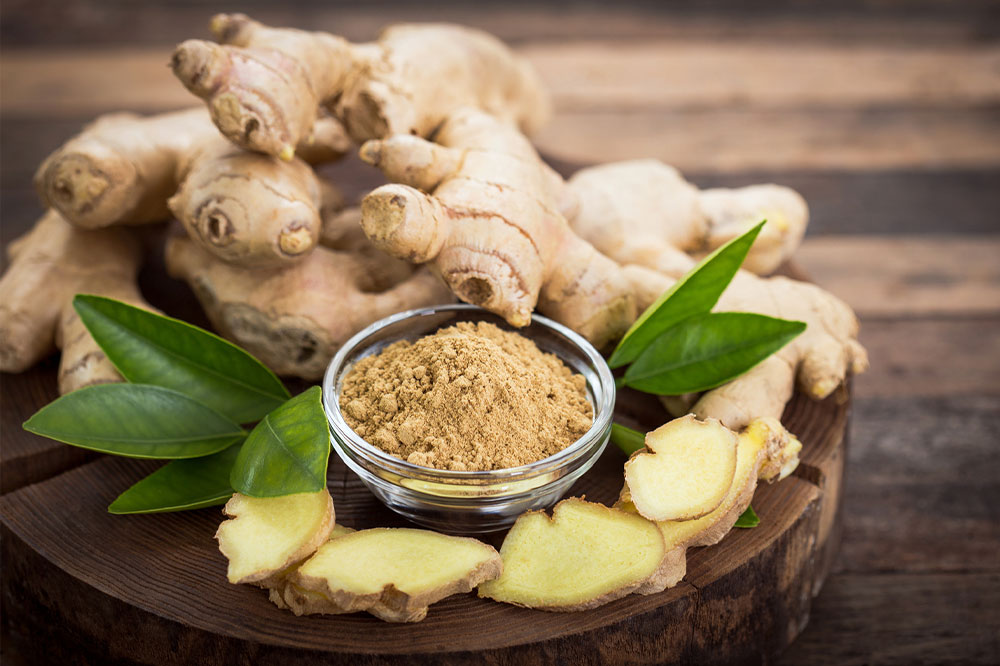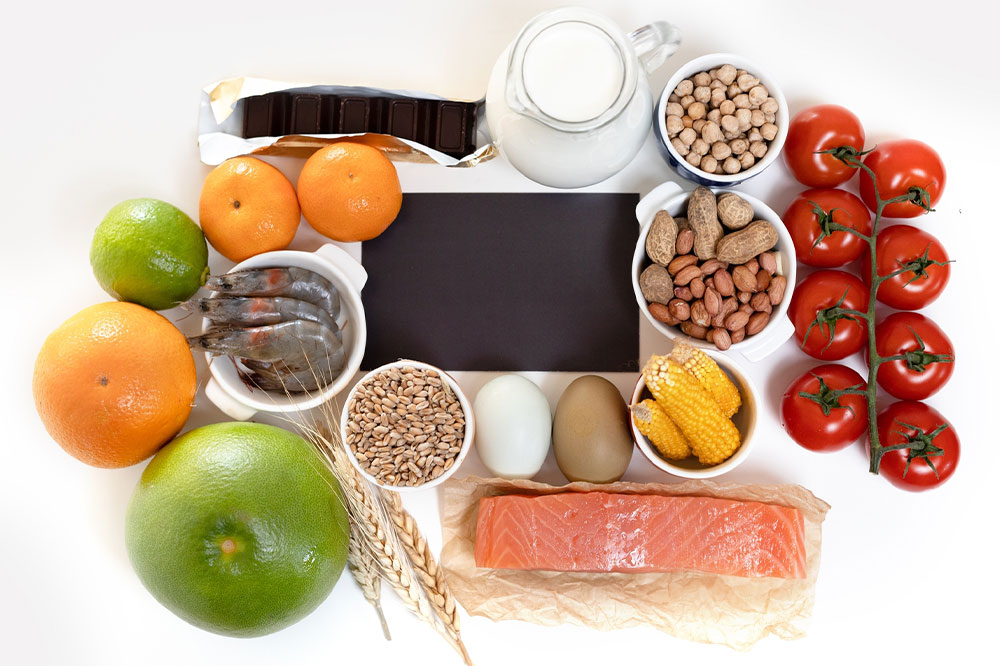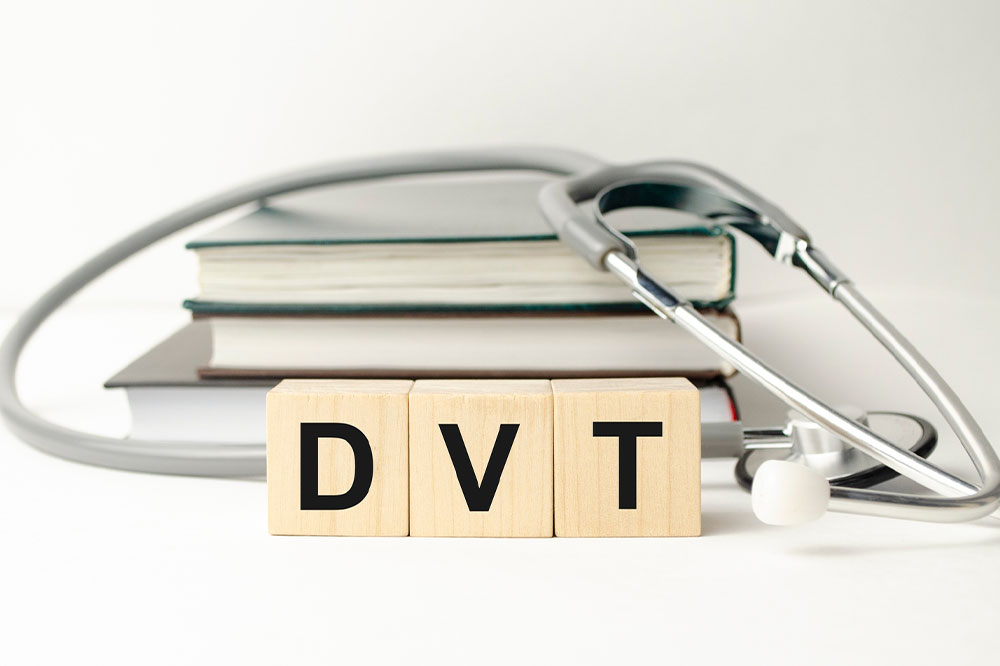
Top 7 benefits of electromagnetic field therapy
Electromagnetism forms the crux of several industries and devices, including cell phones and towers, radar, GPS, and radio waves. Healthcare also uses electromagnetic waves and fields, but most people may not know about their sheer depth and benefits in the field. An underrated application of electromagnetism in healthcare is the super-effective electromagnetic field therapy, a treatment alternative with several wide-ranging health benefits for individuals undergoing it. Here are some reasons to try electromagnetic field therapy: Improving cardiovascular health Electromagnetic field therapy boosts the production of nitric oxide in the body. This chemical compound is critical for the overall growth and development of cells and blood vessels in individuals. Nitric oxide calms down artery-related stress and, as a result, prevents abnormal blood clotting and coagulation. This dramatically improves blood circulation and, as a result, boosts the cardiovascular health of individuals. That, in itself, is one of the prime reasons to try electromagnetic field therapy. Improving sleep Several research studies and real-world applications have found that pulsing magnetic fields can stimulate melatonin production, a hormone that improves sleep and facilitates anti-aging in individuals. As a result, electromagnetic field therapy is directly linked with improved sleep cycles and more sustained rejuvenation in individuals.
Read More 


